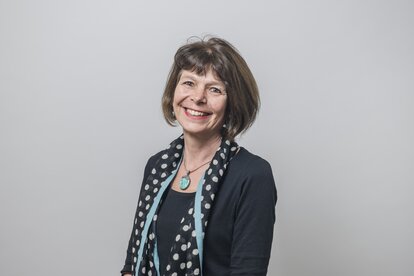Given the low level of women’s representation in local, regional and national governments, quotas are used in many countries to boost numbers. And the number that has come to be most widely chosen seems to be 30%, or 33% – seen as the “critical mass” needed to sensitise public opinion to the acceptability – indeed normality – of a woman performing a formerly male-dominated task. There’s a great database giving information on the different affirmative action approaches adopted; according to it, 128 countries currently use constitutional, electoral or political party quotas. Reserved seats are one mechanism – used for example by China and India – as well as Bangladesh.
Over the first half of this month, I was in Bangladesh meeting current and former elected representatives of Union Parishads (UP) – the lowest administrative unit in Bangladesh. This visit was made as part of the project Sharique, implemented by Helvetas on behalf of the Swiss Agency for Cooperation and Development, SDC. The idea was to pull together lessons learned on women’s empowerment, in advance of moving into two new districts in a fourth phase of the project.
The reserved seat system has now been used in four rounds of local elections in Bangladesh (1997, 2003, 2011 and 2016). Under it, three seats are reserved for women in the nine wards of every UP – one reserved seat covering every three wards. General seats, one per ward, are meanwhile open to both men and women, although they are perceived by almost all as “men’s seats”; it is very rare that a woman is elected on a general ticket. With reserved seats covering three times the area of the general seats, women are at an obvious disadvantage in serving their constituents (especially as they generally have more restrictions on their mobility than men). As one former UP Chairman observed, “Women have no real authority as they are in the minority; unless the numbers are changed, they will never have the same voice.” Mamour Rashid, Ex-Chairman Hamirkutsha UP, Rajshahi District.
This observation by Renuka Begum Ex-UP Representative of Silmaria UP in Rajshahi District is in similar vein, “I got a road for my area, but I was unable to complete the construction as the UP Chair tried to give the funds to another area. I raised this in the UP meeting and the other women supported me – but the men stuck together and voted me down. So I could do nothing – that’s the way the numbers work.”
The interpretation of the current system is that women should confine themselves to “women’s issues” and to helping in the allocation of social safety net programmes. Women can and do have an important role to play in this respect – but should they be limited to that? Whilst their 33% representation is guaranteed, rather than serving as a minimum, it seems to have become viewed as a maximum – reinforcing clear differences in power and access to resources. The real power within the UP – in managing development projects such as road construction – lies in the hands of those occupying general seats.
It is true that in the early days of reserved seats, few women elected as UP representatives had much idea of their duties or how to execute them. However, Sharique has been implementing a substantial training programme, both at ward level (building general public awareness of their rights and responsibilities) and with UP members (women and men – with special training programmes for women). The result is that there seems to be no shortage of well-informed women willing to stand for election in the project area. In other parts of the country there have also been similar training and awareness-raising programmes, funded through the Government of Bangladesh and other sources.
Not only are women elected to UP office increasingly well-informed; they are also politically savvy. Take this example: “After failing in the 2003 elections I took pains to become involved in the community. I worked with 30 women, ten per constituency [ward], and we all invested the money that we made from sewing in tube wells, and in contributions to religious meetings and seminars… I also tried to support poor people in getting access to medical services on the understanding that they would then help me in encouraging others to vote for me at the time of the elections… In 2011, I won by more votes than the UP Chair!” Jorima Begum is Ex-UP member Horogram UP in Rajshahi District.
It was in fact really striking how one after another, women UP representatives – whether present or past – spoke of the way that they develop and nurture a network of other women to support them. And of how frustrated they feel in not always being able to push through their ideas, due to the politics of numbers.
In India, the figure of 33% reserved seats for women has been increasingly questioned, and 16 States now have a 50% reservation instead – recognising that this is the only way to ensure that women are equally represented. The Government of Bangladesh is commited to women’s empowerment, and is certainly aware of this trend on the part of its large neighbour. While it may not necessarily seek to follow its example, the power and effects of different quota numbers is certainly worth pondering.


